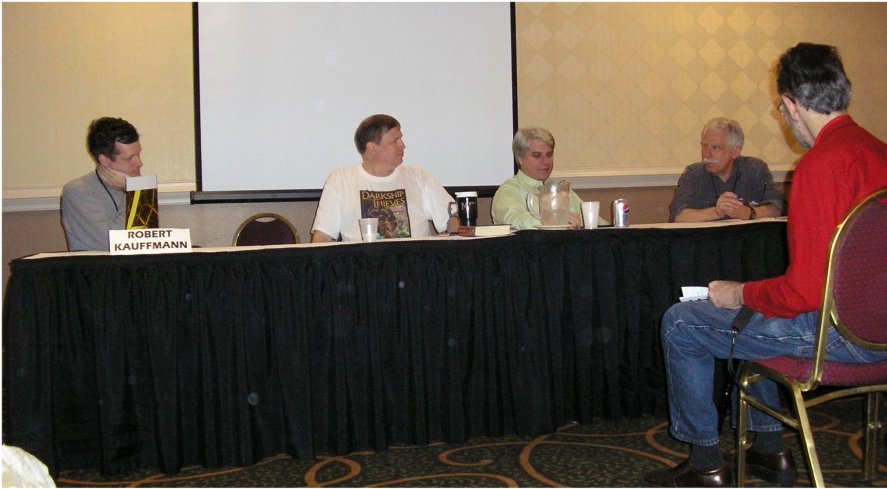
I recently read an interesting piece in the Wall Street Journal entitled, “First, They Came for the Biologists.” If you didn’t catch it, the title is an homage to the words of Pastor Martin Niemöller, who opposed the Nazis in Germany. He spent seven years in a concentration camp as a result. Essentially, he is saying that we must fight injustice even if we don’t think it will affect us, because ultimately, it will. The author of the article, Dr. Heather Heying, says that postmodernism is taking aim at science, and if we don’t stop it, we will all suffer.
Dr. Heying is a former professor of biology at The Evergreen State College, which doesn’t seem to be much of a college. Instead, it seems to be a place where views that go counter to a loud group of students will result in harassment and intimidation. If you don’t know Dr. Heying’s story (which actually begins with her husband, Dr. Bret Weinstein), you can read it from their perspective here.
Essentially, Dr. Weinstein opposed a campus-wide activity that he considered to be racist, and as a result, he was branded a racist. The situation quickly turned toxic, and the couple feared for their safety. They sued the university, which settled for $450,000 plus $50,000 in legal fees. The couple resigned from the university when the settlement was reached. You can read more from Dr. Heying’s perspective here and Dr. Weinstein’s perspective here.
The story is truly sad and makes me worry about the future of higher education in these United States. When students can make utterly false allegations that end up being believed, no university professor is safe, period. However, Dr. Heying takes it further than that, and honestly, I have to agree with her. In her Wall Street Journal article, she makes this profound point:
Postmodernism, and specifically its offspring, critical race theory, have abandoned rigor and replaced it with “lived experience” as the primary source of knowledge. Little credence is given to the idea of objective reality. Science has long understood that observation can never be perfectly objective, but it also provides the ultimate tool kit with which to distinguish signal from noise – and bias.
I have discussed the nonsensical nature of postmodernism before, but I don’t think I fully appreciated its danger until reading Dr. Heying’s article and learning about her and her husband’s experience at The Evergreen State non-College. If the disciples of postmodernism have their way, many more institutions of higher learning will become hotbeds of irrationality like that sad little campus. If you don’t believe me, read this chilling quote from her article. The man she is quoting is the president of The Evergreen State non-College:
[What] we are working towards is, bring ’em in, train ’em, and if they don’t get it, sanction them.
When someone who runs a supposed college is willing to say something like that, there is something terribly wrong with the state of higher education in these United States.
If I sat down and had a conversation with Drs. Heying and Weinstein, we would probably disagree on a great many things. However, we would be in full agreement when it comes to the real danger that postmodernism poses to higher education.










